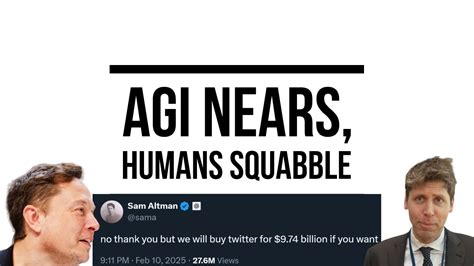The Future of Economic Modeling: How Artificial Intelligence is Revolutionizing Blockchain
In recent years, blockchain technology has seen rapid growth and adoption across numerous industries. One of the most exciting aspects of this development is its potential impact on economic models. Artificial intelligence (AI) is increasingly being used to analyze complex data sets and identify previously unknown patterns. This is changing the way we think about and design economic systems.
The Current State of Economic Modeling
Traditional economic models are based on assumptions that, while proven time and time again, may not accurately reflect current reality. For example, many economic models are based on simplistic assumptions about human behavior and market efficiency. These models can be overly optimistic or pessimistic, leading to unrealistic expectations and potential economic shocks.
The Role of AI in Economic Modeling
AI is used to analyze massive amounts of data from various sources, including financial markets, social media, and sensor networks. This data is then used to identify trends, patterns and correlations that can serve as the basis for economic models. For example, machine learning algorithms can be trained on large data sets to identify complex patterns in market behavior.
Blockchain: A New Frontier for Economic Models
Blockchain technology provides a secure and decentralized platform for building and managing economic systems. One of the most exciting aspects of blockchain is its ability to enable new types of economic models that were not possible before.
Decentralized Autonomous Organizations (DAOs)

DAOs are a type of economic model that operates on a blockchain network. They are self-governing, their members vote on decision-making processes and use distributed ledger technology to track transactions. DAOs have the potential to revolutionize the way we think about ownership, collaboration and innovation.
Supply Chain Management
Blockchain is being used to transform supply chain management by enabling real-time tracking of goods, materials and labor. This information can be used to optimize logistics, reduce waste, and increase transparency.
Predictive analytics
AI-powered predictive analytics is used to predict economic trends, identify potential risks, and make strategic decisions. By analyzing vast amounts of data from multiple sources, AI algorithms can identify complex patterns that were previously unknown.
Real-world examples
Several companies are already using blockchain technology to transform their economic models. For example, the cryptocurrency Bitcoin has been linked to real-world economic trends, including changes in global financial markets and commodity prices.
Conclusion
The integration of AI and blockchain technology is revolutionizing economic models by enabling new types of analysis, forecasting, and decision-making. As this technology continues to evolve, we can expect to see even more innovative applications across a wide range of industries. By harnessing the power of artificial intelligence and decentralized autonomous organizations, we may be able to create a more efficient, transparent, and fairer economic system.
Future research directions
As AI and blockchain continue to evolve, researchers are exploring new ways to integrate these technologies into economic models. Some potential areas for future research include:
- Developing more sophisticated machine learning algorithms that can analyze complex data sets
- Creating decentralized autonomous organizations (DAOs) that can facilitate peer-to-peer transactions and decision-making
- Exploring the potential applications of blockchain-based economic models in areas such as climate change mitigation and sustainable development.
